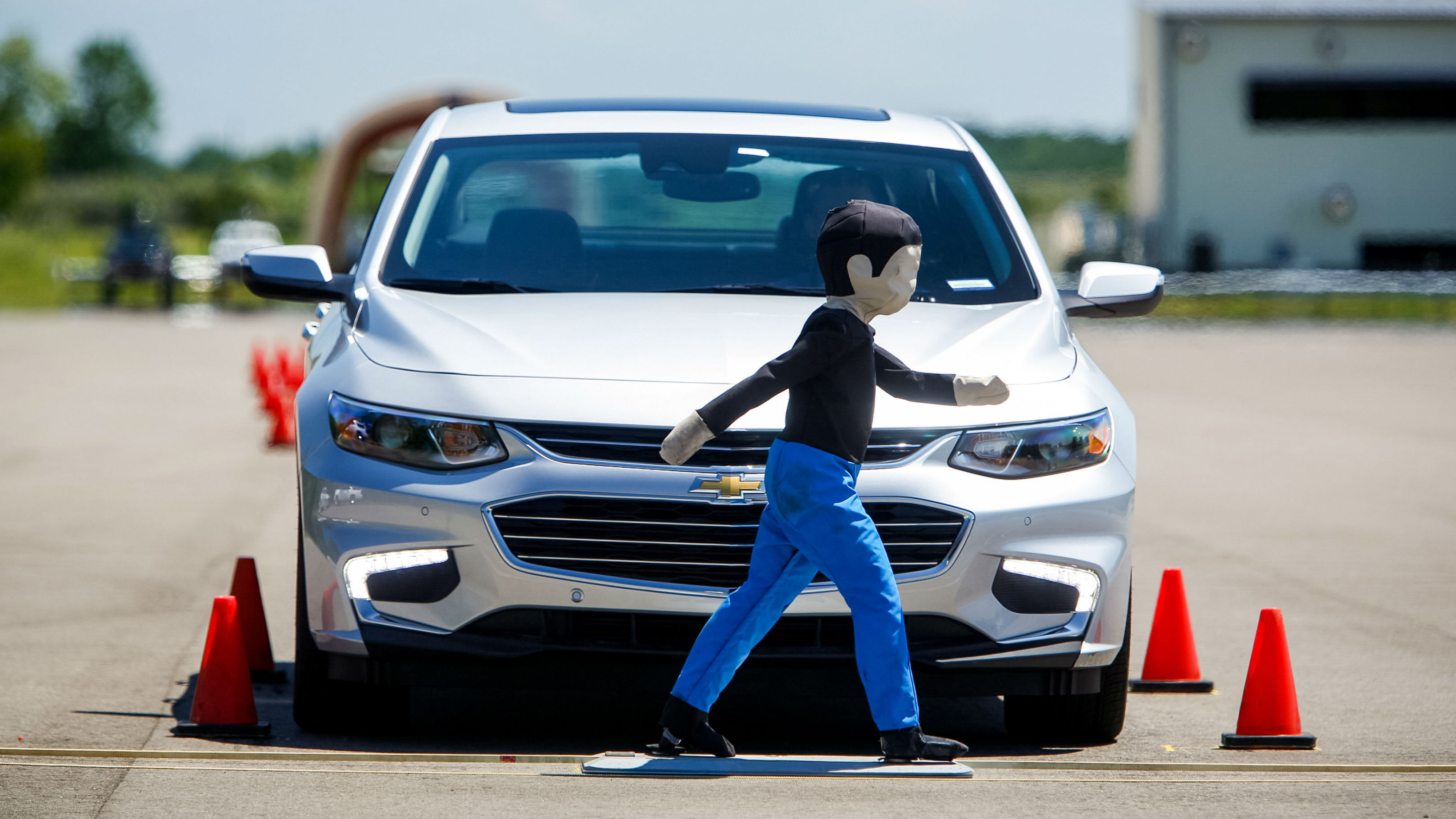A concussion is a type of traumatic brain injury, and it can occur anytime a person hits their head on something. It’s one of the most common injuries in a car accident. According to an article in Medical News Today, most people recover from a concussion in about a month.
What is a Concussion?
A person can get a concussion when the head is hit with direct force, which causes damage to the brain. In a car accident, it most often happens if the person’s head hits the dashboard or other object in the vehicle. Concussions range from mild to severe, but even mild ones may require medical attention.
Sometimes, there are no symptoms with a concussion, and the person isn’t even aware they’ve had one. In other cases, the symptoms can last for several weeks. According to information from the CDC (Centers for Disease Control and Prevention), 2.87 million ER visits, hospital stays and deaths were attributed to traumatic brain injuries in 2014.
Symptoms of a concussion include the following:
- Headaches
- Nausea
- Fatigue
- Issues with vision
- Problems with balance
- Changes in mood
- Difficulty with concentration and thinking
- More sensitivity to light and sounds
- Problems sleeping
Sometimes concussion symptoms don’t show up right away. Some may be noticeable after the injury while others may take days or even weeks to begin.
Recovery Process
In the first two to three days after a concussion, the person should spend most of their time resting. Even if they feel normal, they should cut back on activities. Ideally, they won’t be alone for the first 48 hours. After the initial period, they should return to normal activities slowly.
A doctor will let them know when they are ready to drive, go back to work, resume exercise or physical activities and drink alcohol.
One factor that will determine how long it will take to recover from a concussion is how severe it was. A person with a history of concussions may also take longer to heal or if they have other pre-existing neurological issues. People who are older will generally take longer to heal of any medical issue, including a concussion.
Rest is the best medicine for a concussion. Eating healthy and not doing strenuous activities will also help. It is important to seek medical treatment after a head injury, no matter how minor it may seem. You shouldn’t treat it on your own because you don’t know how much damage there might be.
If a person takes longer than six weeks to recover, they may have what is known as post-concussion syndrome. It’s important to be careful and not get another concussion while this one is healing. Traumatic brain injury is a serious condition and should never be taken lightly. Even though concussions are common, they shouldn’t be ignored. Getting medical treatment right away is the best option to determine how serious the TBI is and if there are any long-term effects. With the right treatment plan, it’s likely that the person will make a full recover from a concussion.





























